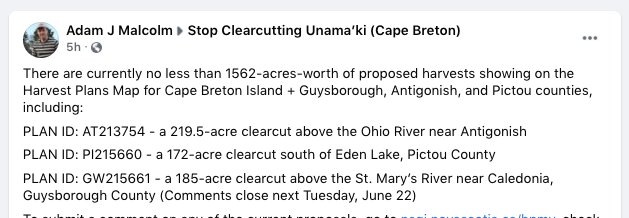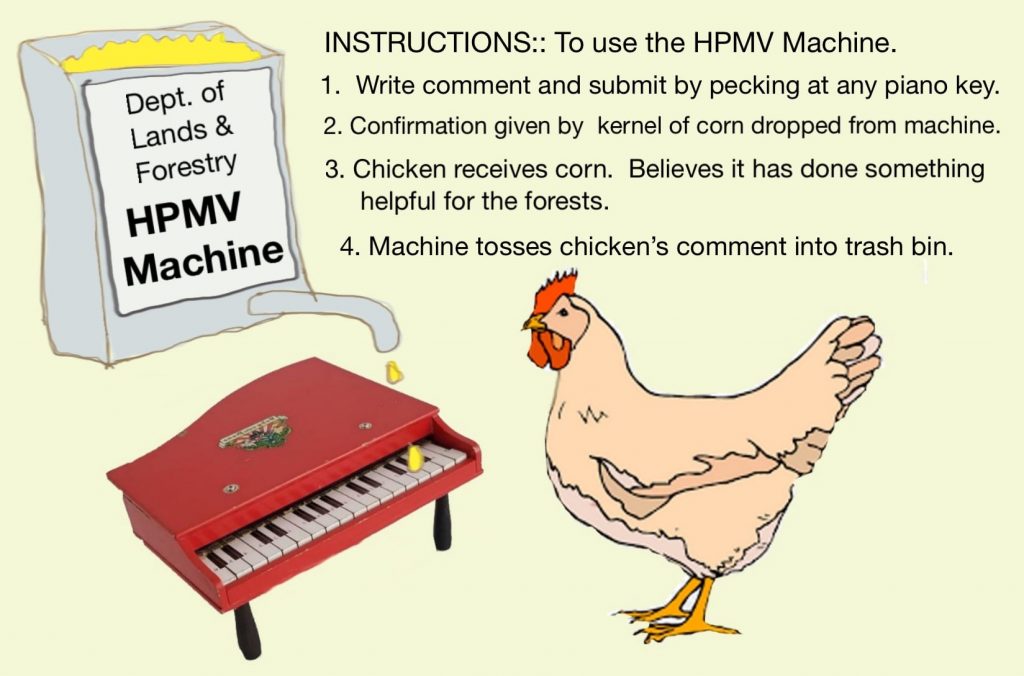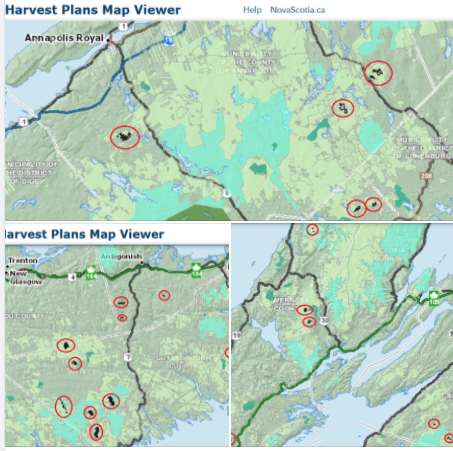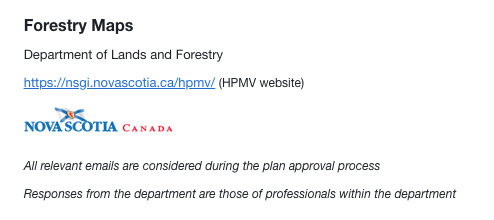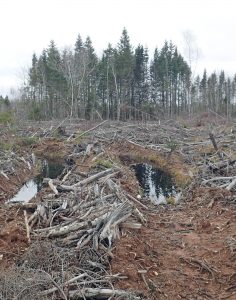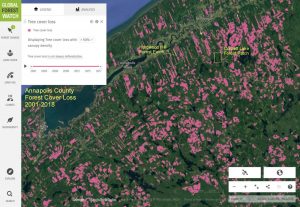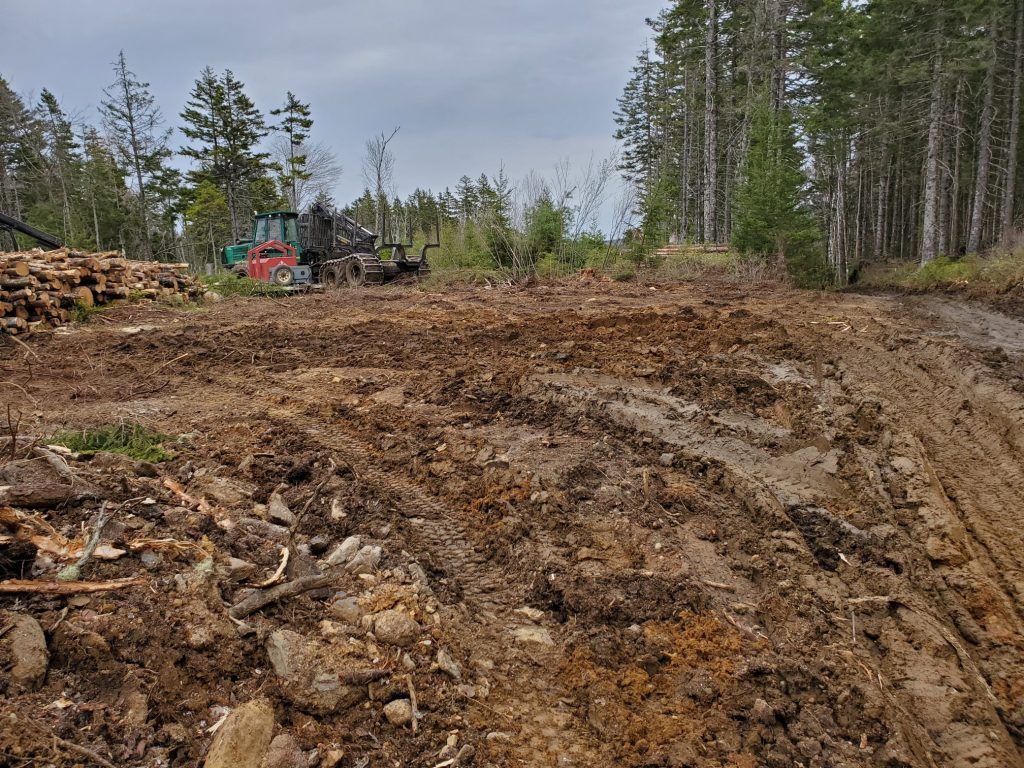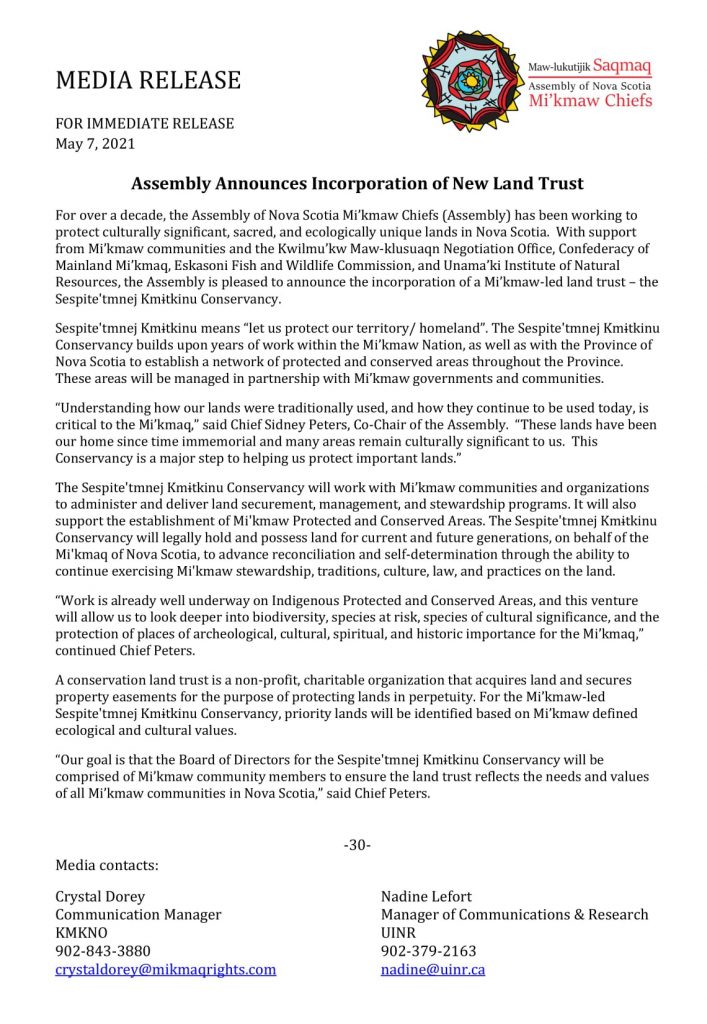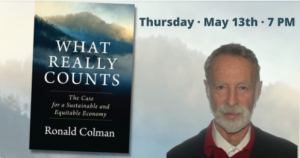
Logos for the two FSCs now associated with forestry in Nova Scotia. “FSC#1”, the Forest Stewardship Council was founded in 1993 and has operated in NS since the early 2000s. “FSC#2”, the Forestry Sector Council arose from “rebranding” of the Nova Scotia Forestry Human Resources Sector Council in April of 2021
Most of us associate the acronym “FSC” with Forest Stewardship Council certification. Recently, the Nova Scotia Forestry Human Resources Sector Council for which “interim management was provided by the executive of Forest Nova Scotia” rebranded itself the Forestry Sector Council and is using the acronym FSC in its literature. It seems an unnecessary muddying of the waters.
FSC#1
The FSC acronym used in relation to forestry is widely recognized as the Forest Stewardship Council. Of the two major forest certification organizations, FSC and SFI (Sustainable Forestry Initiative), FSC has the more stringent requirements.
At one time, the Nova Scotia Government held FSC certification for the entire Medway District. It had been certified under Bowater in 2010; the certificate was passed on to the Department of Natural Resources (DNR) when the Bowater lands were purchased in 2012, and DNR successfully renewed the certificate in 2014. Continue reading



